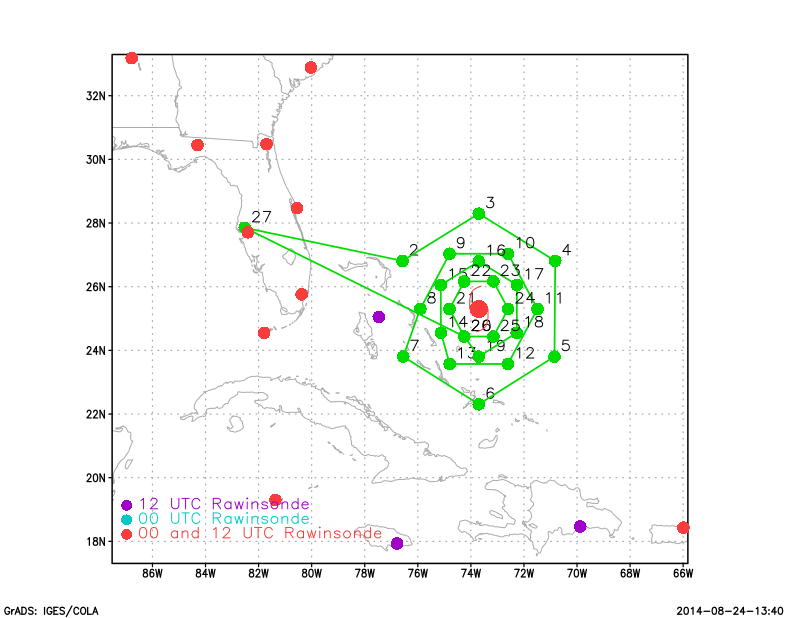 Proposed track (storm relative) |
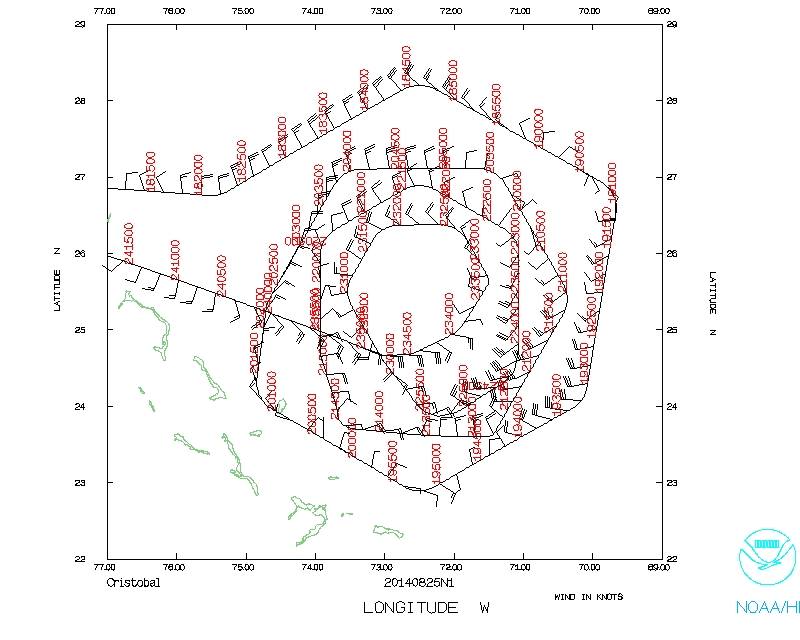 Proposed track (earth relative) |
| Aircraft Commander | Jeff Hagan |
| Co-pilot | David Cowan |
| Co-pilot | Doug MacIntyre |
| Flight Director | Barry Damiano |
| Flight Director | Shannon Hefferan |
| Data Technician | Al Goldstein |
| Data Technician | Leonard Miller |
| Electronic Technician | Gabe Defeo |
| AVAPS | Dale Carpenter |
| Remote Dropsonde Scientist | Mike Black (HRD) |
| Observer | Dave Nolan (UMiami) |
Mission Plan :
 Proposed track (storm relative) |
 Proposed track (earth relative) |
NOAA 49RF will conduct a G-IV TDR pattern around Tropical Storm Cristobal. The plan calls for a circumnavigation TDR pattern at 1, 1.5, 2 and 3 degrees radius from the storm center. Dropsondes are launched at every turn point of the hexagonal pattern. Visible satellite imagery (Fig. 1) shows the center of circulation north of the Bahamas.
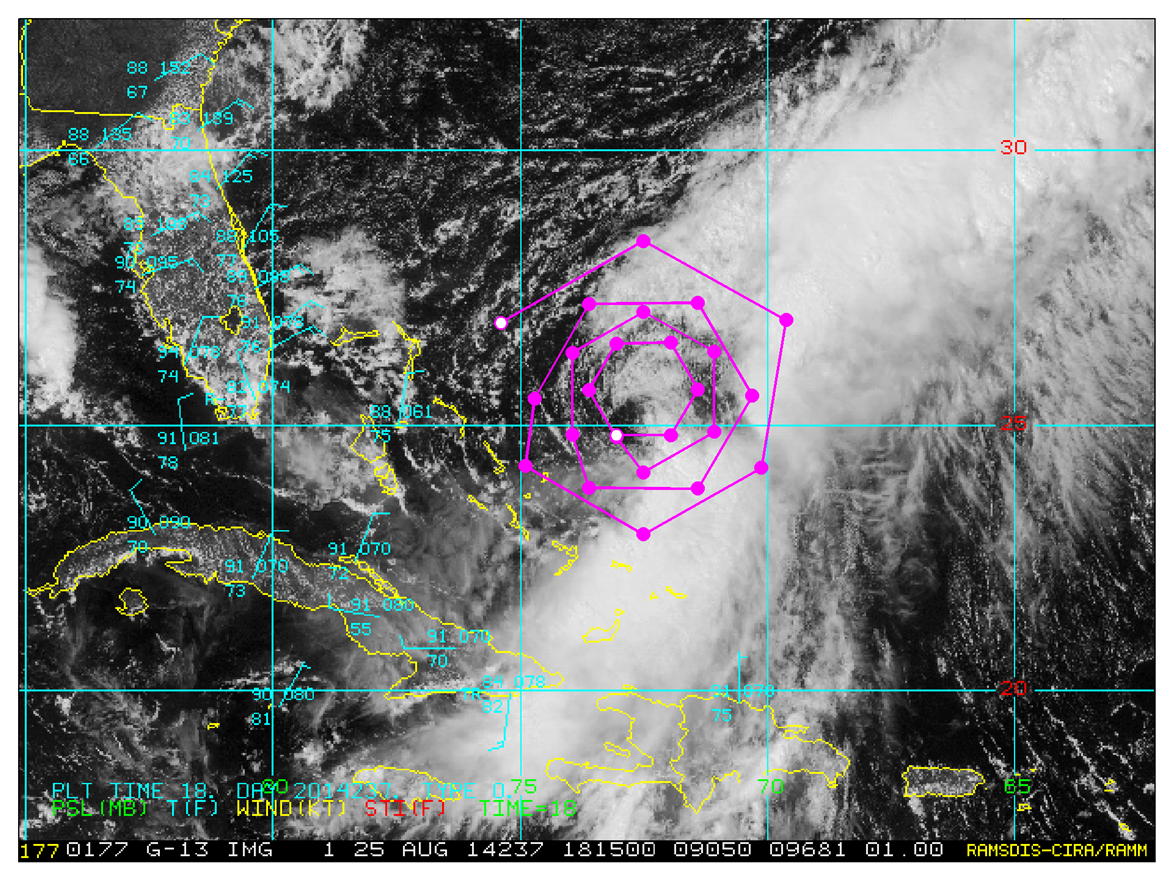 Figure 1 Visible satellite picture 18:15Z with track imposed |
One inhibitor of Cristobal's development had been moderate northwesterly environmental vertical wind shear (Fig. 2). In addition, a sharp moisture gradient to the north of the circulation was seen in the TPW field (Fig. 3).
NOAA 49RF will leave MacDill AFB, FL at 1730 UTC on August 25th and will recover at MacDill AFB, FL 0130 UTC the next day.
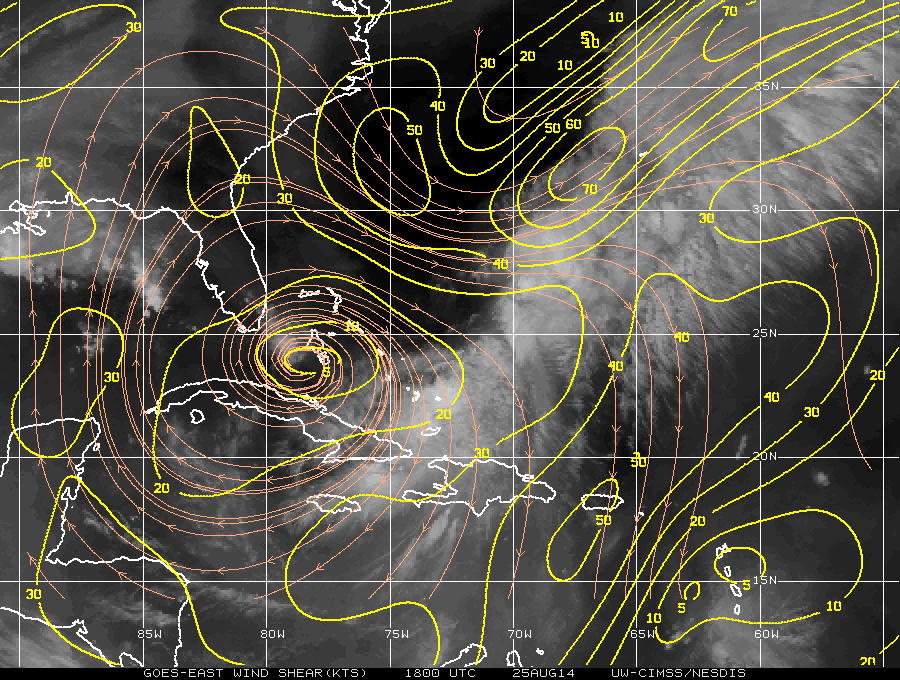 Figure 2. Vertical wind shear analysis |
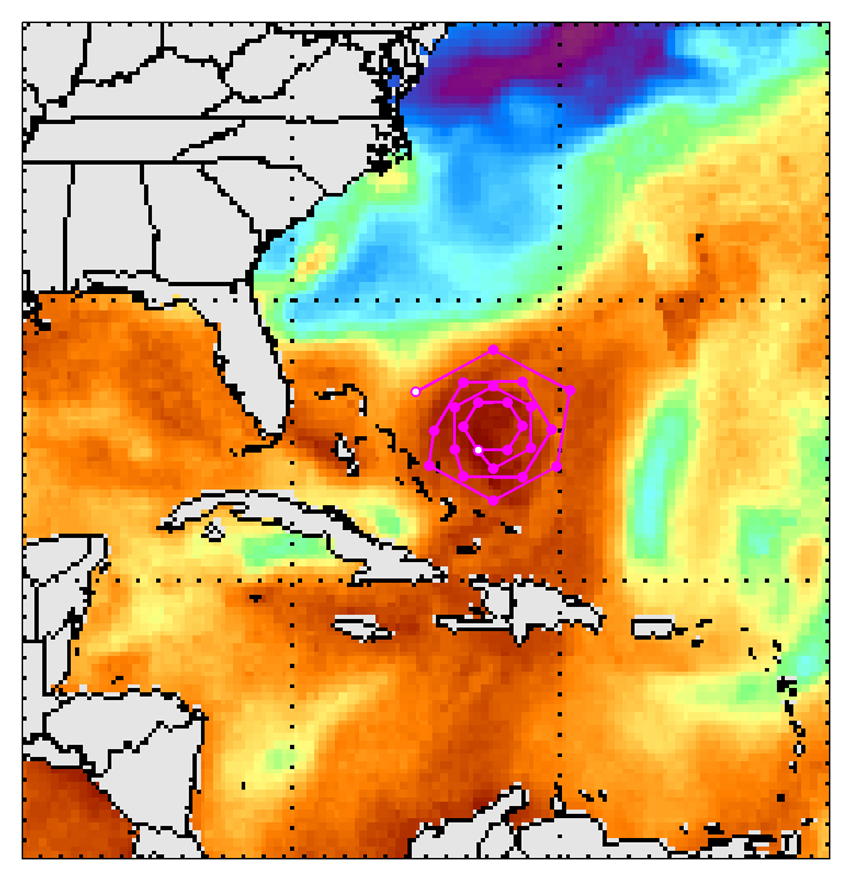 Figure 3. Total Precipitable Water |
|
Prepared by the Hurricane Research Division August 22, 2014 03:45 PM Aircraft: N49RF Proposed takeoff: 25/1730Z
DROP LOCATIONS
| #
| LAT
| LON
| RAD/AZM
| TIME
|
| deg min
| deg min
| nm/dg
| hr:mn
| 2 | 26 52 | 76 35 | 180/300 | 0:46
| 3 | 28 22 | 73 43 | 180/360 | 1:11
| 4 | 26 55 | 70 51 | 180/060 | 1:36
| 5 | 23 56 | 70 53 | 180/120 | 2:01
| 6 | 22 28 | 73 45 | 180/180 | 2:27
| 7 | 23 59 | 76 36 | 180/240 | 2:52
| 8 | 25 30 | 75 58 | 120/270 | 3:07
| 9 | 27 15 | 74 52 | 120/330 | 3:24
| 10 | 27 16 | 72 40 | 120/030 | 3:41
| 11 | 25 33 | 71 34 | 120/090 | 3:58
| 12 | 23 51 | 72 41 | 120/150 | 4:15
| 13 | 23 52 | 74 53 | 120/210 | 4:33
| 14 | 24 51 | 75 13 | 90/240 | 4:42
| 15 | 26 22 | 75 13 | 90/300 | 4:56
| 16 | 27 08 | 73 47 | 90/360 | 5:09
| 17 | 26 24 | 72 21 | 90/060 | 5:22
| 18 | 24 55 | 72 22 | 90/120 | 5:35
| 19 | 24 11 | 73 48 | 90/180 | 5:48
| 20 | 24 49 | 74 21 | 60/210 | 5:56
| 21 | 25 41 | 74 55 | 60/270 | 6:05
| 22 | 26 34 | 74 21 | 60/330 | 6:14
| 23 | 26 35 | 73 16 | 60/030 | 6:23
| 24 | 25 43 | 72 43 | 60/090 | 6:32
| 25 | 24 52 | 73 16 | 60/150 | 6:41
| 26 | 24 52 | 74 22 | 60/210 | 6:51
| | ||||||||||||||
| Take off | Landing
| MacDill AFB, FL | 17:23 UTC
| MacDill AFB, FL | 01:06 UTC
| | ||
NOAA 49RF conducted a HRD-tasked TDR missions around Cristobal. The actual flight track is shown in Fig. 4. Takeoff was at 1723 UTC from Tampa. The aircraft landed in Tampa at 0106 UTC.
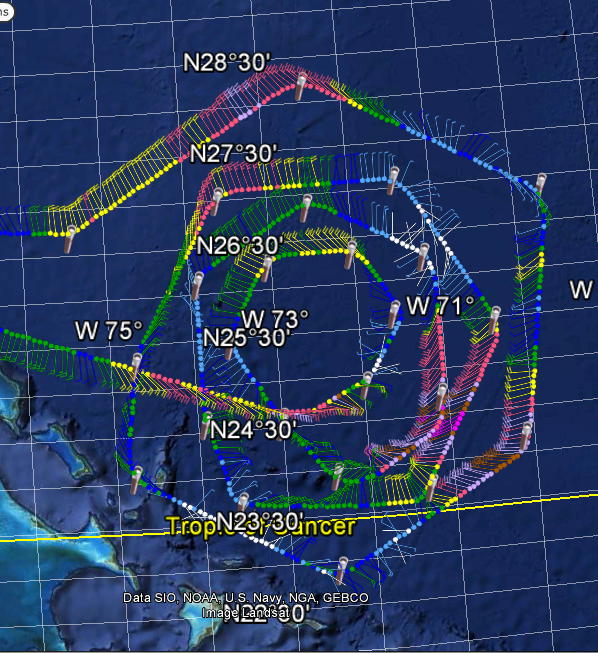 Figure 4 Actual track on Google Earth |
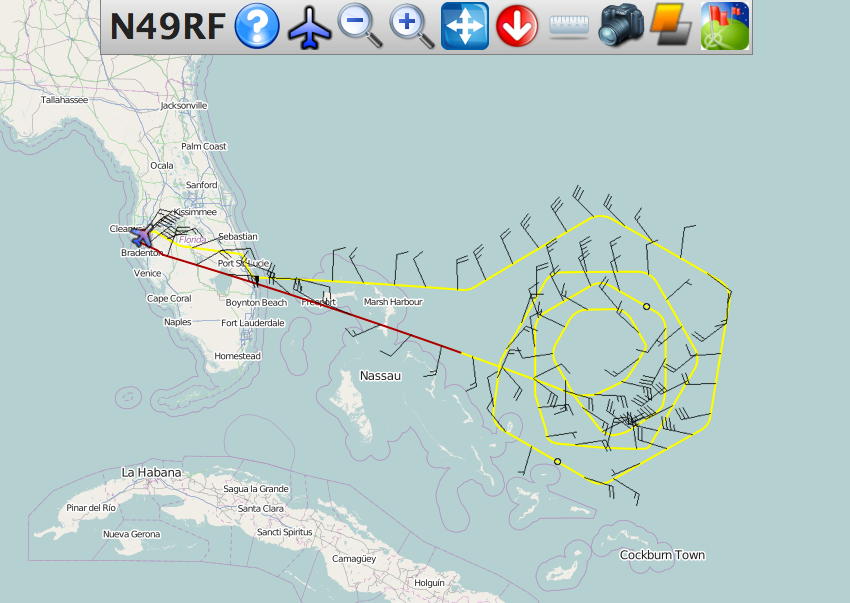 Final track |
Mission Evaluation :
A total of four radar analyses were created and transmitted in real time. A composite of these four analyses is shown in Fig. 5 at 2-km altitude. The strongest winds are located on the southeastern side of the storm. A total of 25 dropsondes were processed. The largest rate of intensification during Cristobal's lifecycle was observed shortly after this mission.
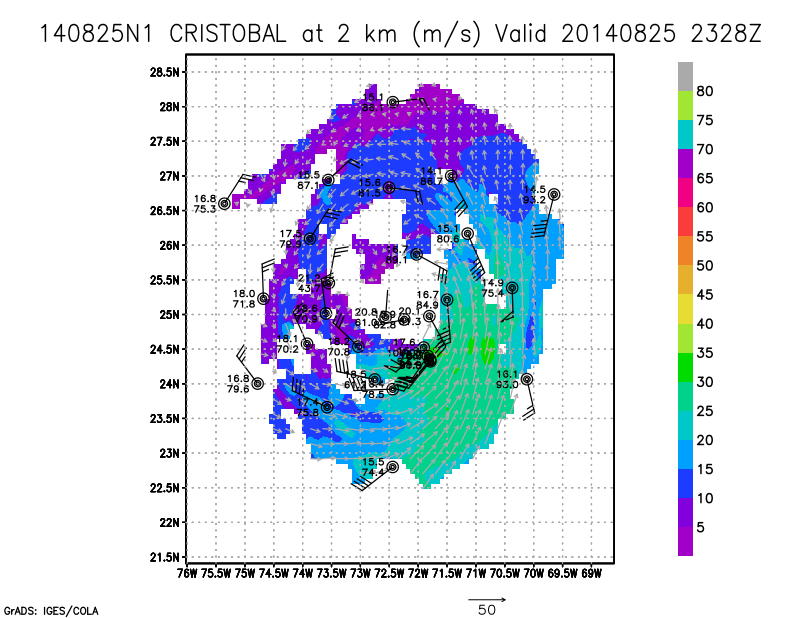 Figure 5 Composited Doppler wind analysis and dropsondes |
Problems :
No problems with the data collection systems were noted.
Paul Reasor
Nov. 26, 2014